Disinfection of food
TERMECA can be used as a safe and effective disinfectant for raw or processed foods, fruits, vegetables and all kinds of meats without any change in the taste and smell and also leaving no harmful materials over them.
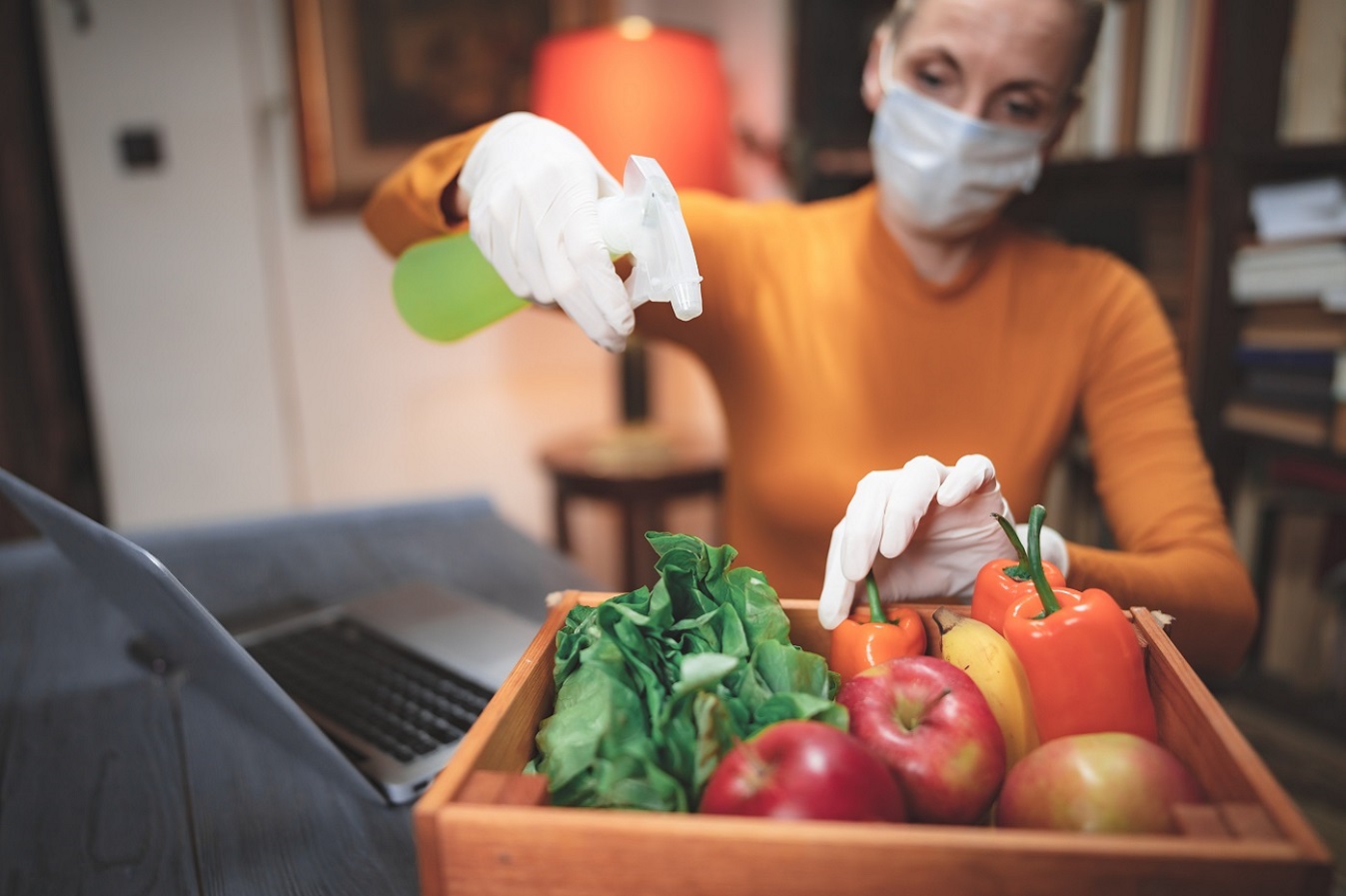
Washing and disinfecting food, vegetables, and fruits are the most important thing that should be done after buying them. There are various methods for disinfection, which in some cases can be harmful to human health (because of the absorption by the food), the freshness, and the shelf life where the fruits and vegetables are stored.
In the past, many of us used vinegar, lemon juice, salt, or dishwashing liquid to wash vegetables. According to research by the US Centers for Disease Control and Prevention, there is no evidence that salt, vinegar, or lemon juice are effective in disinfecting fresh food.
Most people who clean their chickens with water think they’re washing germs or sliminess from the chicken. And while they’re correct in assuming that raw chicken is often teeming with bacteria, such as campylobacter or salmonella, washing it with water does nothing to combat this. Washing chicken worsens this problem, according to the Centers for Disease Control and Prevention, because the running and splashing water can spread bacteria around sinks, countertops, and even your clothing. The USDA maintains that the only possible way to eliminate bacteria is to cook the chicken to the proper temperature, and these rules extend to other types of meat and fish as well.
Also, the World Health Organization emphasizes that under no circumstances should detergents and chemicals be used to wash fresh fruits and vegetables. According to the recommendation of this centre as well as the World Health Organization, washing fruits and vegetables with clean water is enough.
But today, due to the increase in the use of disinfectant solutions, especially after the spread of Corona, calcium hypochlorite (chlorine) solution has become one of the most common methods to reduce the microbial load of fruits and vegetables, While hypochlorite acid obtained from chlorine in contact with organic substances, it causes the formation of harmful side compounds such as chlorine gas and various carcinogenic compounds called Trihalomethanes (THMs). Chlorine vapours cause skin allergies and breathing problems in users. On the other hand, this disinfectant cannot increase the shelf life and preserve the freshness of fruits and vegetables.
There are other solutions, such as fruit and vegetable peroxide disinfection solution based on peracetic acid, and hydrogen peroxide, which by destroying bacteria on the surface of fruits and vegetables, causes disinfection, longer shelf life and health of vegetables. But even though these products are based on water, they cause harm to human health. First, this product is flammable and should be kept away from sources of flame and electricity. Second, in case of direct contact with the skin, mucous membranes and eyes, it will lead to severe inflammation, and also due to long-term contact and breathing of the vapours of this product, it will cause skin irritation. and the respiratory tract will be damaged, if this solution is drunk, it is toxic, and you must go to the emergency immediately.
Disinfectant solution based on hypochlorous acid is a new generation of disinfectants that can destroy all kinds of microorganisms in fruits and vegetables. This solution uses powerful compounds that destroy all living microorganisms such as viruses, bacteria, fungi, and parasites in fruits and vegetables in the shortest possible time and preserve the health of fruits and vegetables. These types of solutions, in addition to disinfection, can be effective in preserving and freshness of fruits and vegetables.
Hypochlorous acid can be used directly on food. According to FDA approval 1811 (Environmental Decision Memo for Food Contact Notification No. 1811), TERMECA can be used as a disinfectant in the washing of raw or processed fruits and vegetables, fish and seafood, and meat, with poultry of 60 ppm and It makes no change in the taste and smell and also It does not leave any harmful materials over them.
According to the recommendation of the World Health Organization, which considers washing with running and clean water to be sufficient, it is worth mentioning that TERMECA is completely similar to water molecules in terms of its chemical structure. It is also able to penetrate the walls of microorganisms and inhibits the action of proteins through the oxidation process and the activity of enzymes to finally destroy microorganisms.
The safety and compatibility of TERMECA with the human body are to such an extent that even swallowing (accidentally) a small amount of this substance does not lead to any problems, It can even be used to disinfect open wounds or prepare drops.
In the past, many of us used vinegar, lemon juice, salt, or dishwashing liquid to wash vegetables. According to research by the US Centers for Disease Control and Prevention, there is no evidence that salt, vinegar, or lemon juice are effective in disinfecting fresh food.
Most people who clean their chickens with water think they’re washing germs or sliminess from the chicken. And while they’re correct in assuming that raw chicken is often teeming with bacteria, such as campylobacter or salmonella, washing it with water does nothing to combat this. Washing chicken worsens this problem, according to the Centers for Disease Control and Prevention, because the running and splashing water can spread bacteria around sinks, countertops, and even your clothing. The USDA maintains that the only possible way to eliminate bacteria is to cook the chicken to the proper temperature, and these rules extend to other types of meat and fish as well.
Also, the World Health Organization emphasizes that under no circumstances should detergents and chemicals be used to wash fresh fruits and vegetables. According to the recommendation of this centre as well as the World Health Organization, washing fruits and vegetables with clean water is enough.
But today, due to the increase in the use of disinfectant solutions, especially after the spread of Corona, calcium hypochlorite (chlorine) solution has become one of the most common methods to reduce the microbial load of fruits and vegetables, While hypochlorite acid obtained from chlorine in contact with organic substances, it causes the formation of harmful side compounds such as chlorine gas and various carcinogenic compounds called Trihalomethanes (THMs). Chlorine vapours cause skin allergies and breathing problems in users. On the other hand, this disinfectant cannot increase the shelf life and preserve the freshness of fruits and vegetables.
There are other solutions, such as fruit and vegetable peroxide disinfection solution based on peracetic acid, and hydrogen peroxide, which by destroying bacteria on the surface of fruits and vegetables, causes disinfection, longer shelf life and health of vegetables. But even though these products are based on water, they cause harm to human health. First, this product is flammable and should be kept away from sources of flame and electricity. Second, in case of direct contact with the skin, mucous membranes and eyes, it will lead to severe inflammation, and also due to long-term contact and breathing of the vapours of this product, it will cause skin irritation. and the respiratory tract will be damaged, if this solution is drunk, it is toxic, and you must go to the emergency immediately.
Disinfectant solution based on hypochlorous acid is a new generation of disinfectants that can destroy all kinds of microorganisms in fruits and vegetables. This solution uses powerful compounds that destroy all living microorganisms such as viruses, bacteria, fungi, and parasites in fruits and vegetables in the shortest possible time and preserve the health of fruits and vegetables. These types of solutions, in addition to disinfection, can be effective in preserving and freshness of fruits and vegetables.
Hypochlorous acid can be used directly on food. According to FDA approval 1811 (Environmental Decision Memo for Food Contact Notification No. 1811), TERMECA can be used as a disinfectant in the washing of raw or processed fruits and vegetables, fish and seafood, and meat, with poultry of 60 ppm and It makes no change in the taste and smell and also It does not leave any harmful materials over them.
According to the recommendation of the World Health Organization, which considers washing with running and clean water to be sufficient, it is worth mentioning that TERMECA is completely similar to water molecules in terms of its chemical structure. It is also able to penetrate the walls of microorganisms and inhibits the action of proteins through the oxidation process and the activity of enzymes to finally destroy microorganisms.
The safety and compatibility of TERMECA with the human body are to such an extent that even swallowing (accidentally) a small amount of this substance does not lead to any problems, It can even be used to disinfect open wounds or prepare drops.










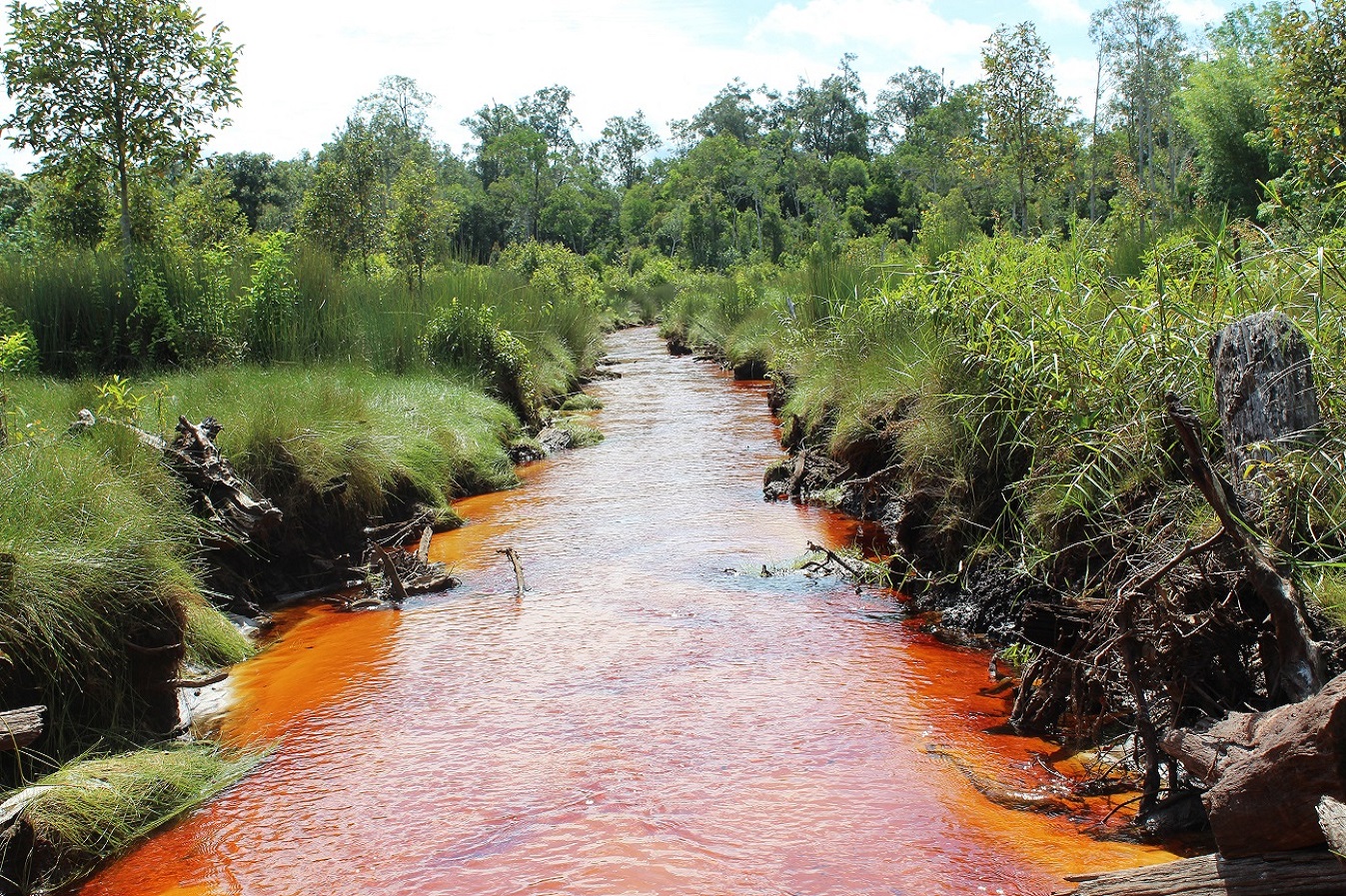





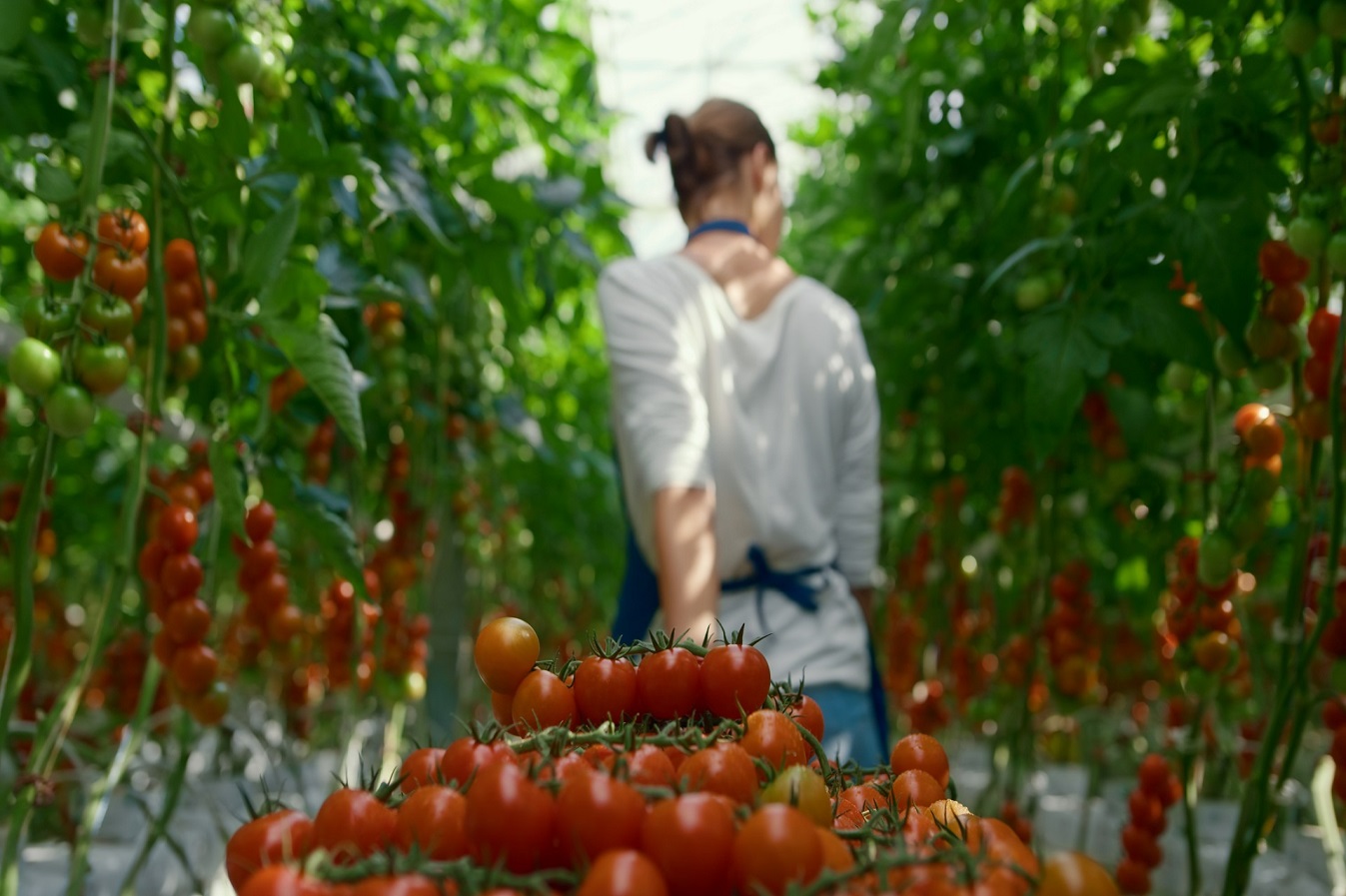

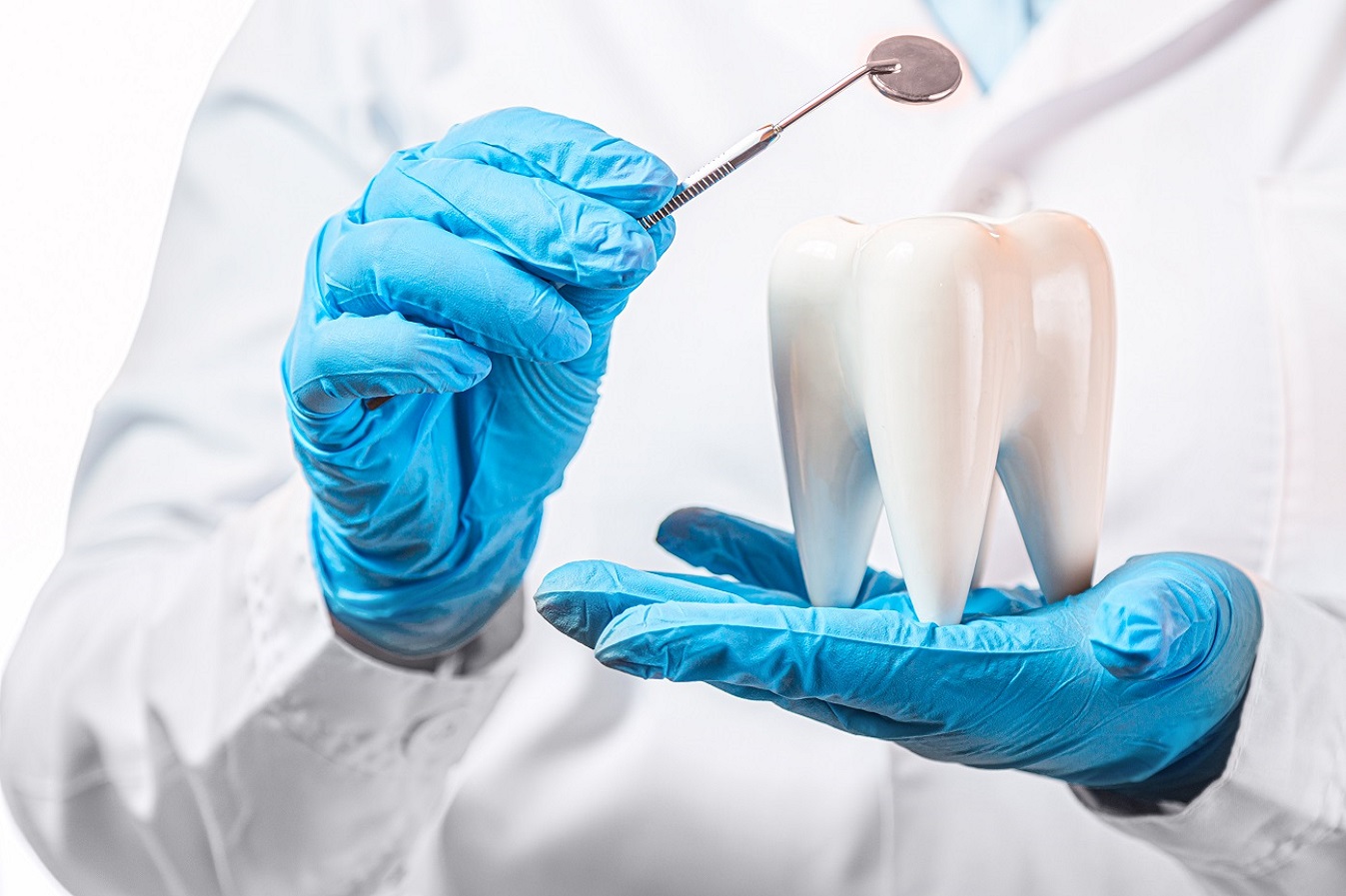


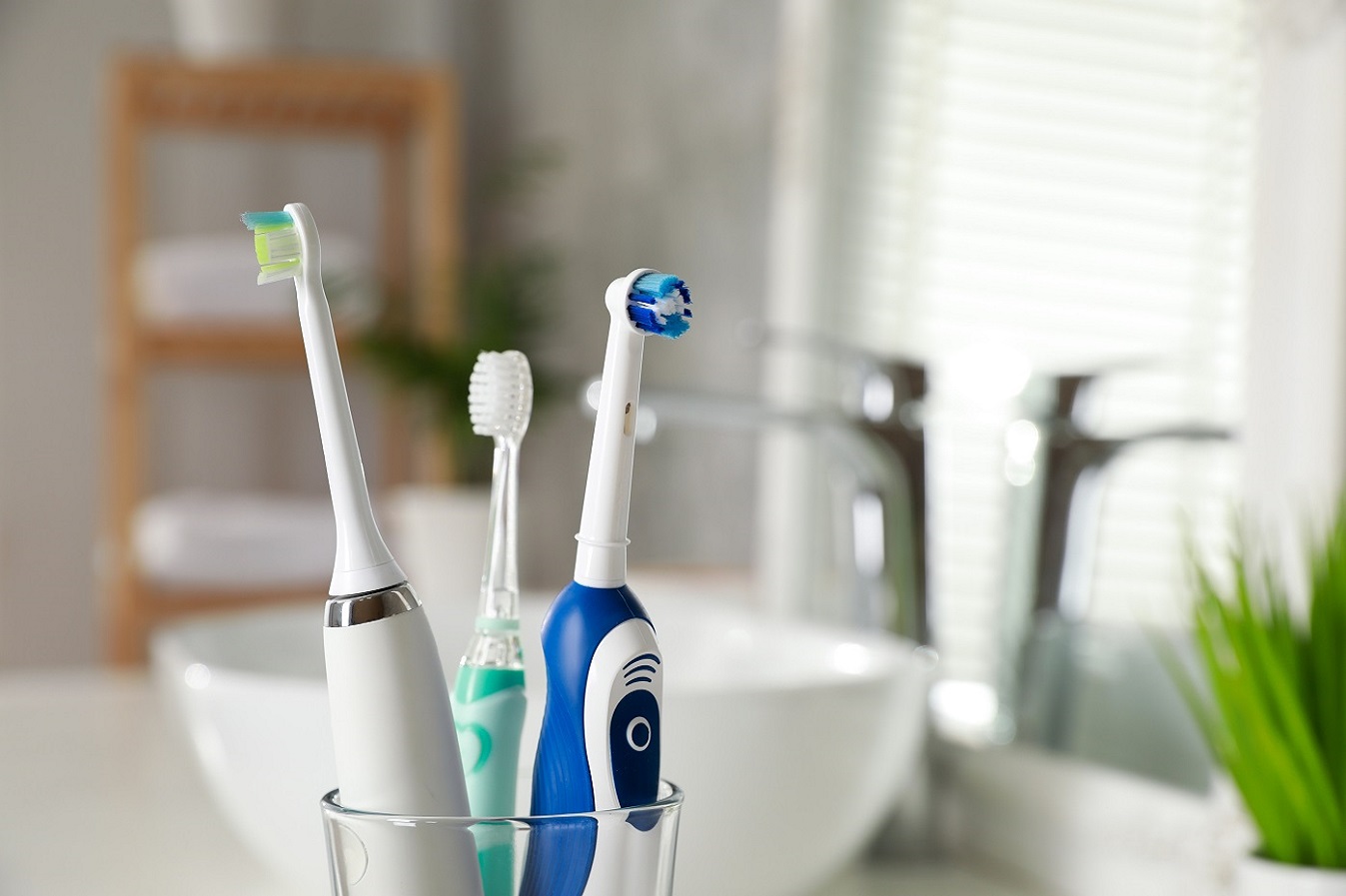
_1.jpg)